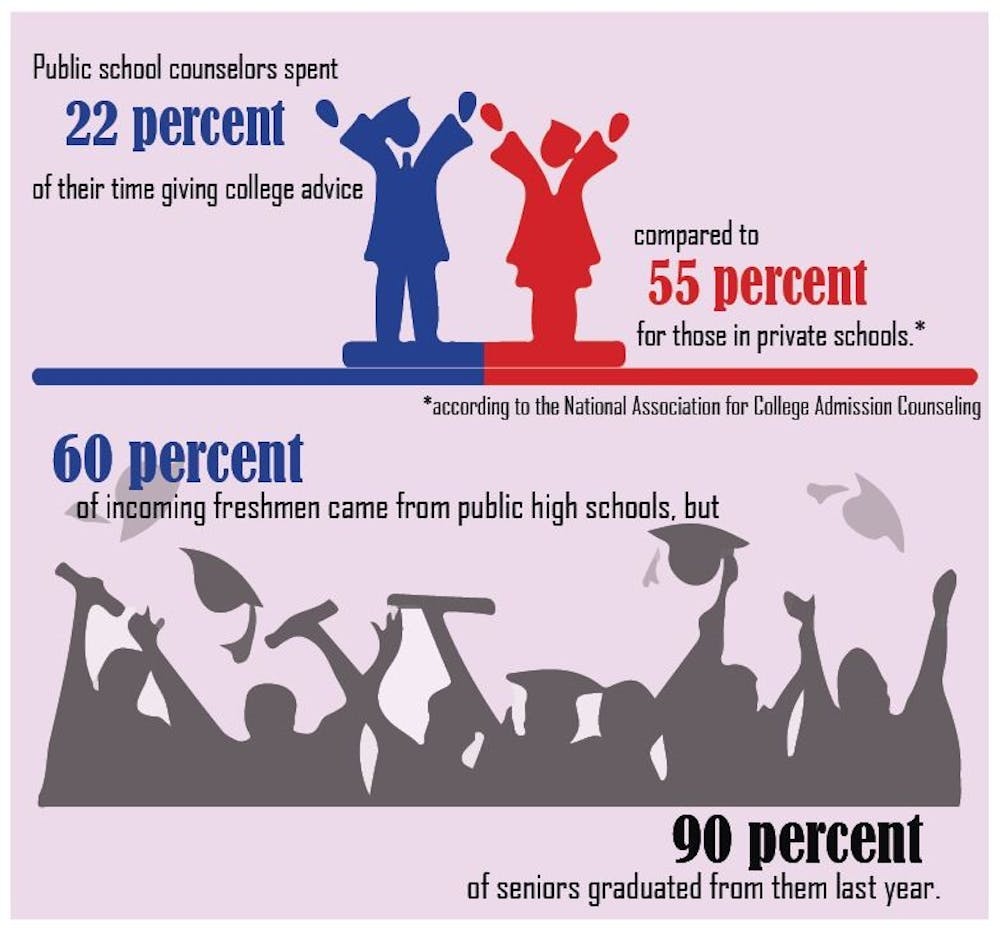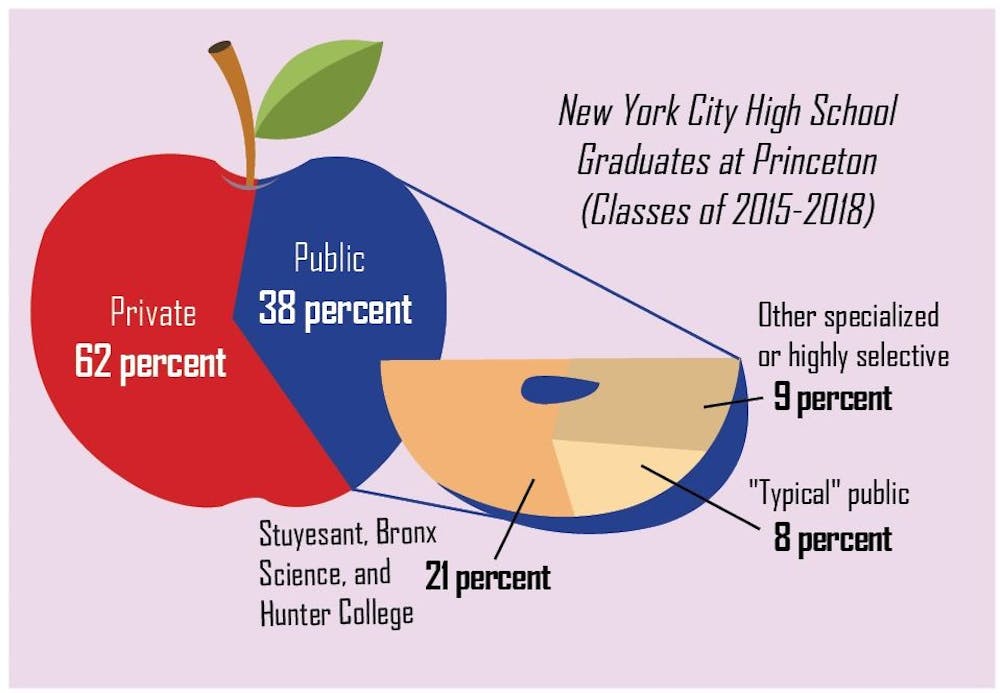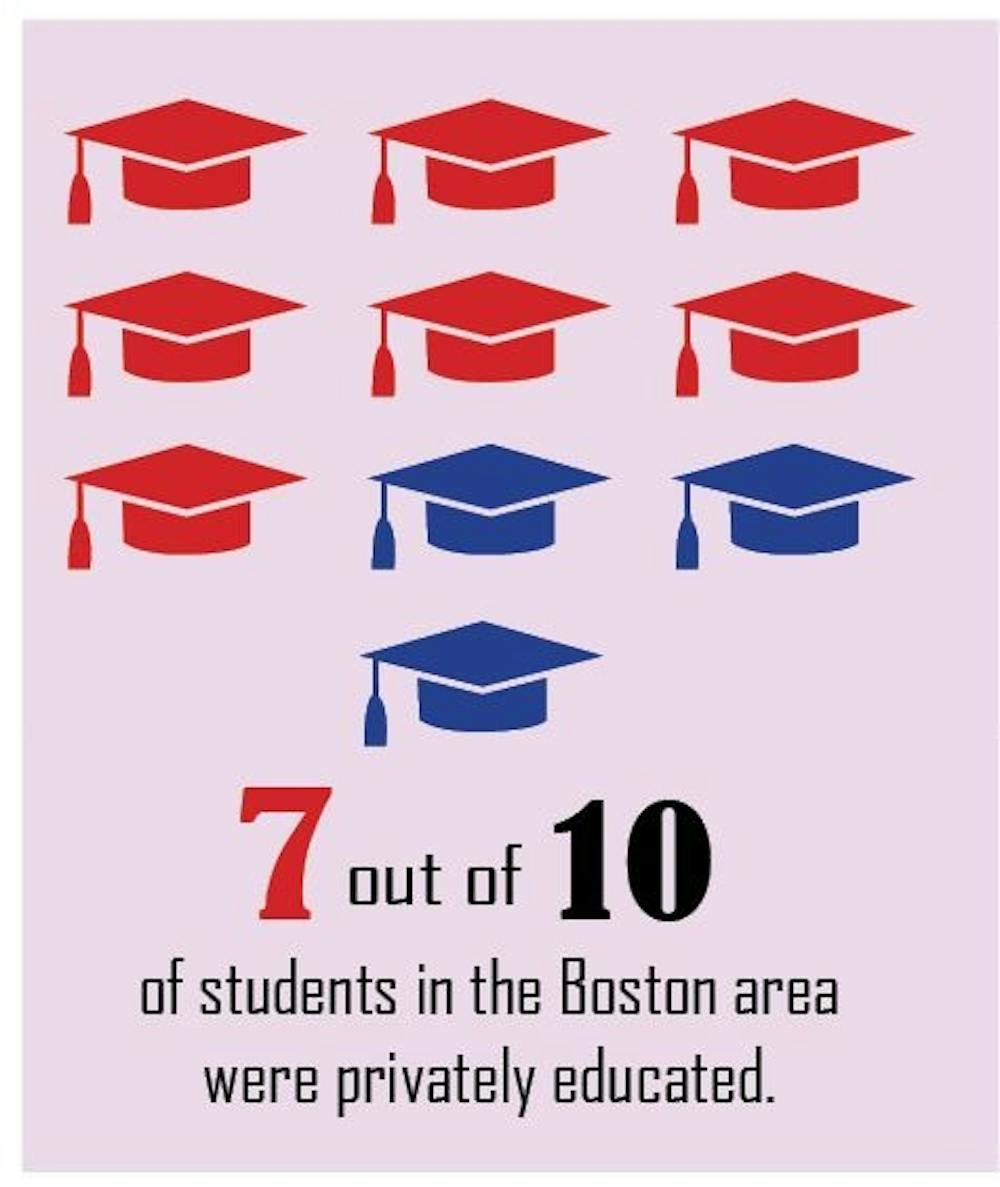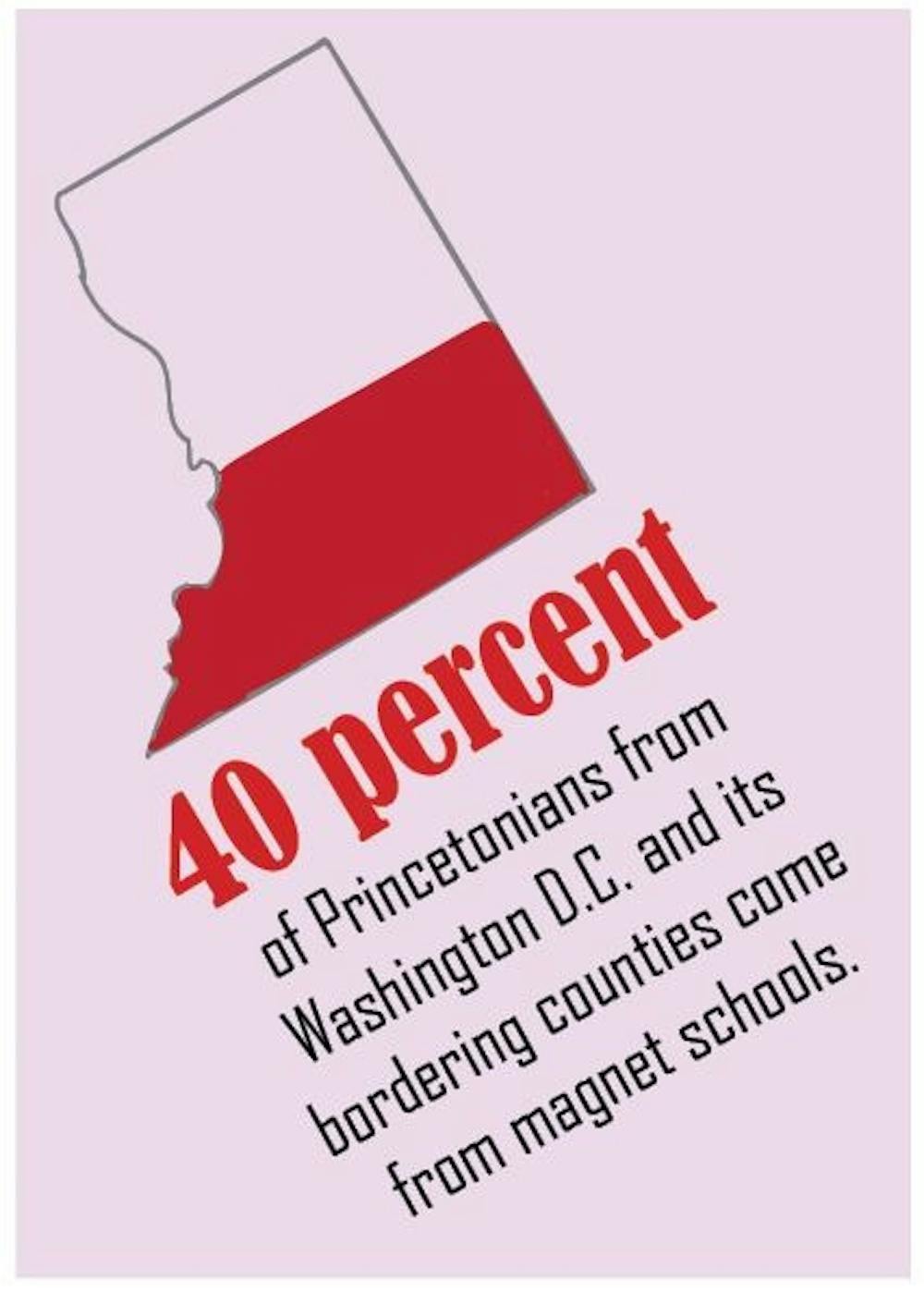When I investigated Bicker for The Daily Princetonian two years ago, I distinctly recall an Ivy Club member telling me, “I went to the Lawrenceville School. A lot of people in Ivy went to Lawrenceville.”
For readers who — like me at the time — have never heard of the Lawrenceville School, it’s a $67,000 a year, two-century-old boarding school that’s a 10-minute drive from campus, down Route 206. The connections between Lawrenceville and the University are legion, and they span decades.
The schools’ alumni corps share plenty of overlap. Old Nassau’s former students serve on Lawrenceville’s faculty. The Tab reported that Princeton asked a low-income applicant to do a $52,000 postgraduate program there to secure her admission the following year. The University maintains a special endowed scholarship for Lawrentians. And leaked Ivy cards exposed that members flag educational pedigree when evaluating students during Bicker.
I didn’t understand the significance of what my interviewer said at that time. But I do now. Some high schools — which usually require tremendous wealth to attend — send so many students here that their graduates dominate entire social circles.
PolarisList, a website that compiles college admissions data, released its latest findings over winter break on American admissions to Princeton, Harvard, and MIT for the Classes of 2015–2018. For the first time ever, we have a complete picture of how many people individual high schools contributed to the student body, up to the current junior class.
To ensure that the figures were reasonable, I compared them to schools’ self-reported college matriculation statistics, as well as the University’s own enrollment records. (Disclosure: I noted a few, albeit minor, discrepancies.)
In any case, the student body is intensely concentrated: nearly 30 percent came from only six percent of all the high schools with alumni at Princeton.
According to Polarislist, the Lawrenceville School, which sent 63 students in four years, was in first place. Princeton High School added another 60. Together, they were roughly the same size as the football team. Thomas Jefferson High School tied with Bergen County Academies — both magnets — for third, at 40 each.

Princeton’s admissions office boasts that 60 percent of incoming first-year students come from public high schools. But 90 percent of seniors nationwide graduated from public schools last year, according to the National Center for Education Statistics.

Either some aspect of admissions favors private school applicants, or their students are simply sending in more applications with better knowledge of the process. A National Association for College Admission Counseling found, for example, that public school counselors spent 22 percent of their time giving college advice, versus 55 percent for those in private schools.

Public schools were well-represented at the pinnacle of the top high schools sending students to Princeton, claiming four of PolarisList’s top five slots. But they lost ground just below it. More than half of the leading 100 high schools — actually 125, due to ties — were private. The likes of Phillips Exeter Academy (annual cost: $56,302), the Delbarton School ($40,400), Deerfield Academy ($63,220), and Phillips Academy Andover ($57,800) took over.
If a bright student in New York doesn’t get into one of the city’s elite high schools, her chances of going to Princeton are practically nil. Around two-thirds of Princetonians from the Big Apple went to private schools. They received an education whose average cost was $45,413 per year. Three places — Stuyvesant, Bronx Science, and Hunter College — were responsible for the majority of those who attended public schools. Only 8 percent of New Yorkers came from typical neighborhood high schools.

In the Boston area, almost seven-tenths of students were privately educated. Magnet schools played a smaller role. But the public schools that did send a lot of their seniors were located in affluent towns, such as Dover and Lexington. The Census Bureau reveals their median household incomes to be $224,784 and $172,750, respectively.

While private school graduates were a minority in Chicago’s Cook County, Ill., students from magnet and wealthy public schools — mainly along the prosperous North Shore — comprised a slight majority. In Washington, D.C., and its bordering counties, magnets alone accounted for about 40 percent of Princetonians.
Los Angeles County, California had the greatest share among these five cities of students from non-selective high schools in average neighborhoods. But private schools — courtesy of the Harvard-Westlake ($42,200) and Marlborough ($42,900) Schools — remained the biggest contributors.
With statistics like these, it’s no wonder that my Ivy interviewer mentioned that her clubmates went to Lawrenceville or that another asked me what kind of high school I attended. It doesn’t take a rocket scientist to understand why this happens. My prior analysis of club rosters found that Ivy had the highest concentration of New Yorkers on the Street. For clubs such as Tiger Inn, a majority of members went to private schools.
Princeton’s penchant for these schools isn’t an accident. PolarisList indicates that the same names consistently top the admissions roster. They have long standing feeder networks that place their students in the country’s best colleges.

Admitting an outsized number of their applicants has far-reaching consequences that affect everything from Bicker to club auditions to academic performance. But — ironically — these admissions decisions may be harming admissions itself.
A 1998 report noted that stellar high school seniors often avoid Old Nassau because of “the limited range of dining and social opportunities” in addition to the image of a “social environment [bearing] the enduring stamp of Fitzgeraldian legend.” It’s a clear jab at the eating clubs, a line that has been repeated several times in recent years.
Before faculty and administrators point fingers at Prospect Avenue — which certainly deserves its own share of the blame — they should first consider how admissions fuels the tacit hierarchies in Princeton’s social life. As my Ivy interviewer revealed, fitting in can be a matter of coming in with the right connections.
Liam O’Connor is a senior geosciences major from Wyoming, Del. He can be reached at lpo@princeton.edu.







